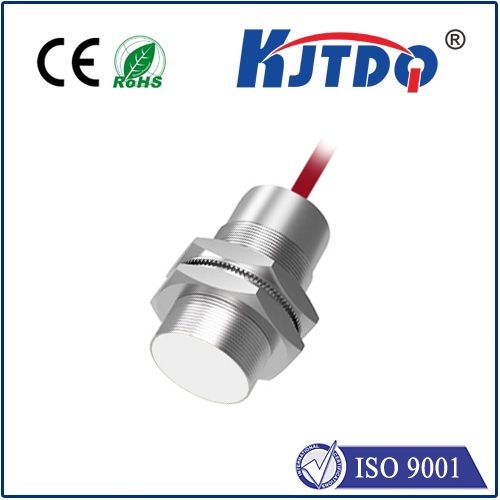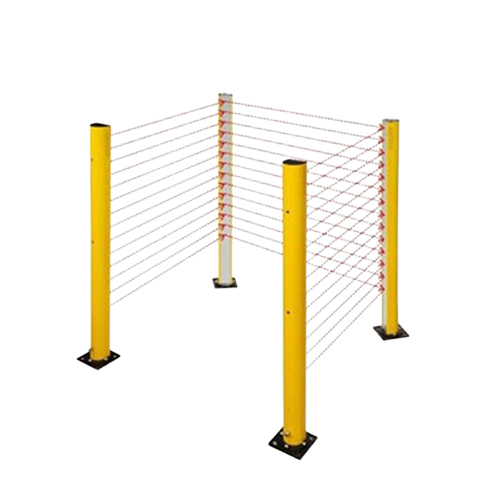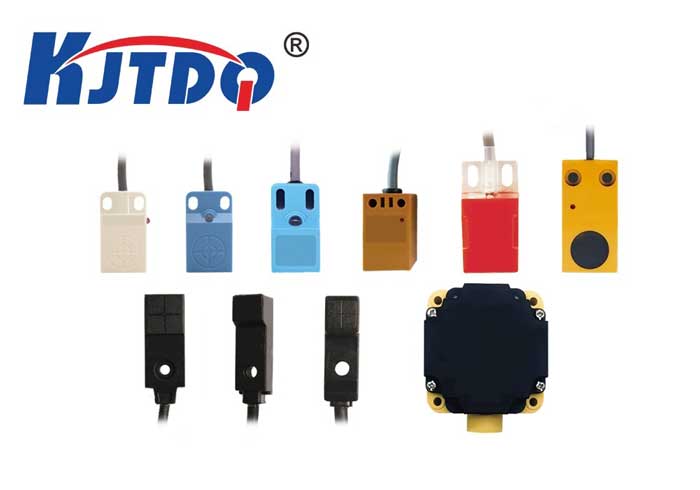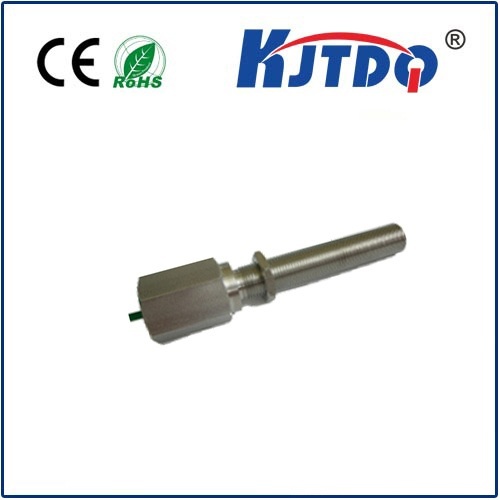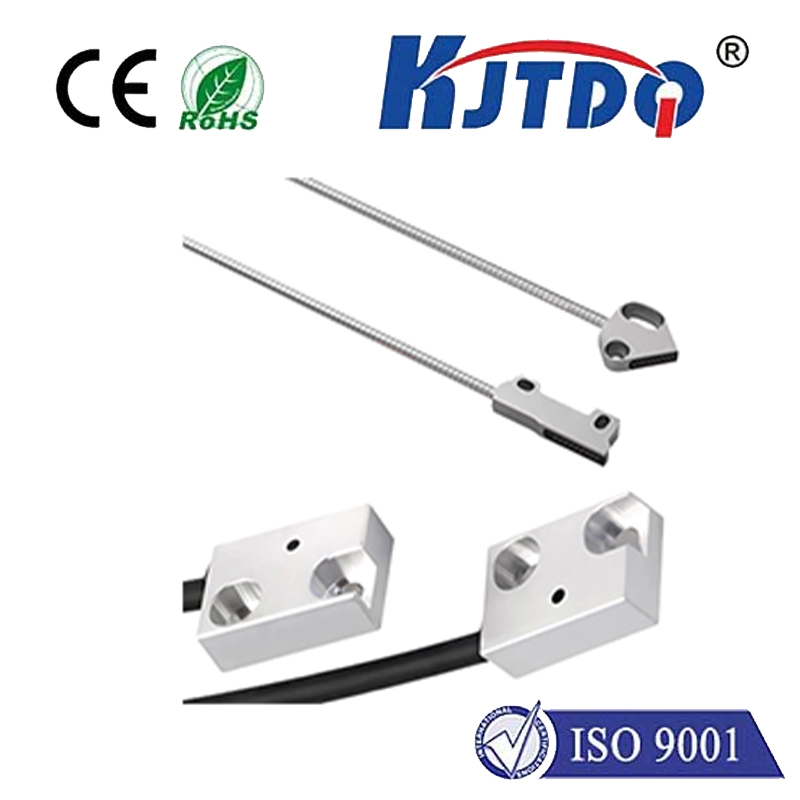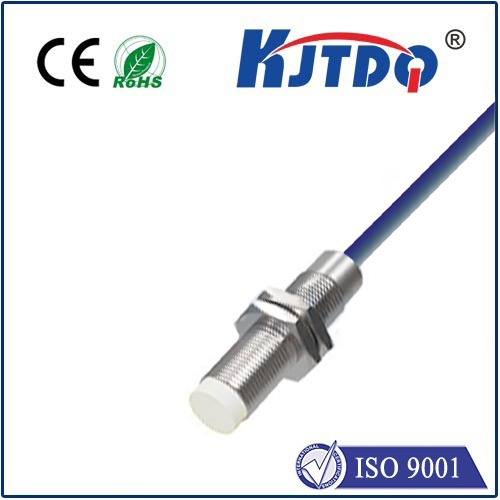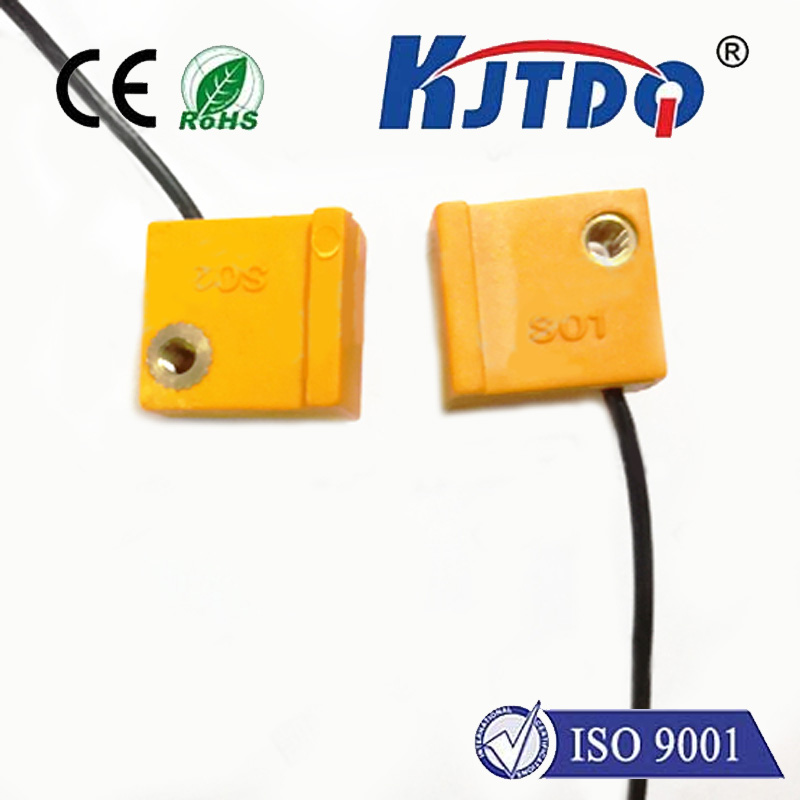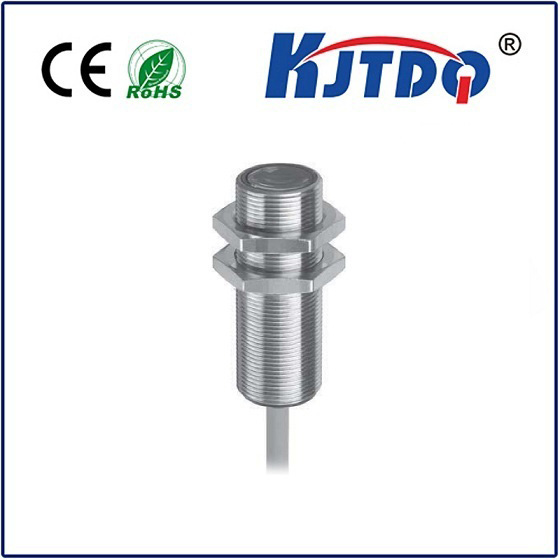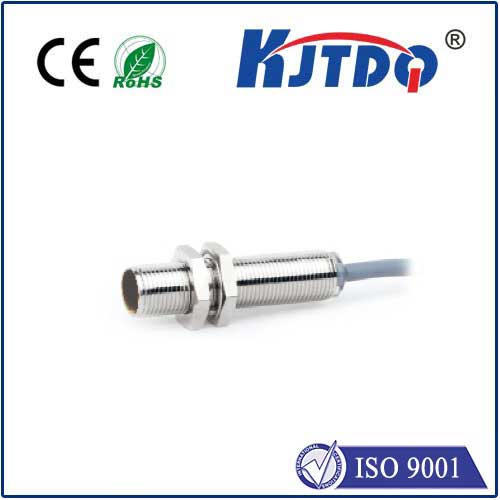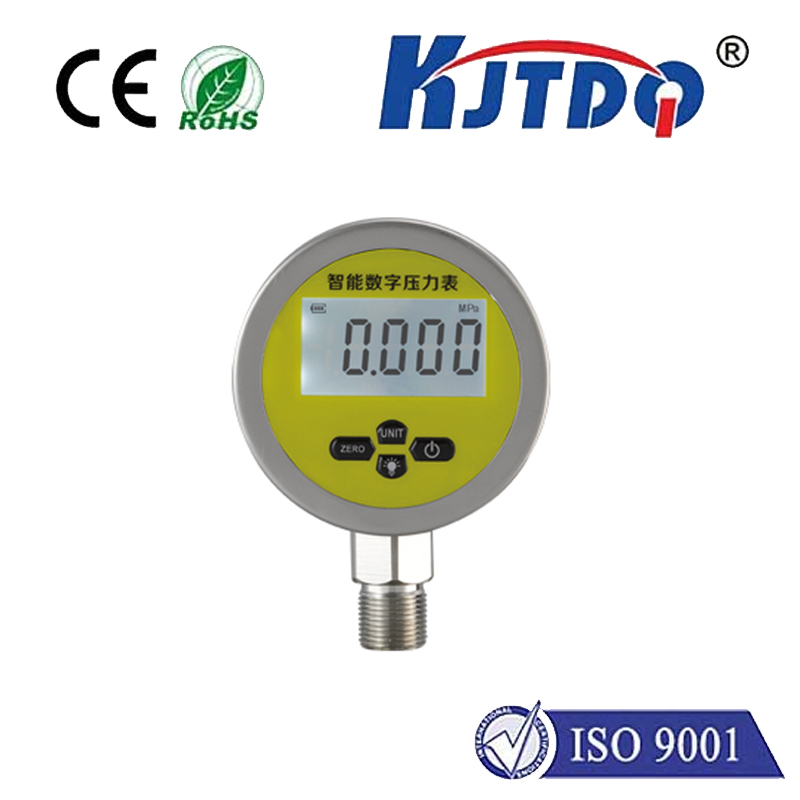

check

check

check

check
PZ-V13 Photoelectric Sensor: Enhancing Efficiency and Precision in Industrial Automation
In today’s fast-paced manufacturing industry, the integration of advanced sensors has become essential for optimizing production processes and ensuring precision. Among the various types of sensors used in industrial settings, the PZ-V13 photoelectric sensor stands out as a reliable and efficient solution. This article explores the features, applications, and benefits of the PZ-V13 photoelectric sensor, highlighting how it contributes to modern automation systems.
The PZ-V13 photoelectric sensor is designed to detect the presence or absence of objects using light beams. It operates on the principle of photodetection, where a light source emits a beam that is either reflected or blocked by an object. The sensor then converts this optical signal into an electrical signal, which can be used to control machinery, monitor production lines, and ensure safety protocols are followed. Its compact design and high sensitivity make it suitable for a wide range of industrial applications.

One of the key advantages of the PZ-V13 is its ability to detect objects at a distance, even in adverse conditions. This makes it ideal for use in environments where traditional sensors may struggle, such as in dusty or humid settings. The sensor is also known for its high reliability and long operational lifespan, which reduces maintenance costs and downtime. Its robust construction ensures that it can withstand the rigors of continuous operation without compromising performance.
In terms of functionality, the PZ-V13 offers both active and passive detection modes. Active mode involves the emission of a light beam, while passive mode uses the reflection of light from an object. This flexibility allows the sensor to be adapted to different industrial scenarios, whether it’s for detecting moving parts in a conveyor system or monitoring the presence of objects in a warehouse. The sensor’s compatibility with various control systems further enhances its versatility, making it a popular choice for manufacturers looking to integrate new technologies into their existing infrastructure.
The PZ-V13 photoelectric sensor is not only beneficial for efficiency but also for safety. In many industrial applications, the sensor is used to prevent hazardous situations, such as overloading or misalignment. By detecting the presence of objects in real-time, the sensor ensures that machines operate within safe parameters, reducing the risk of accidents and injuries. This safety feature is particularly important in environments where human intervention is required, such as in assembly lines or material handling systems.
As industries continue to evolve, the demand for high-performance sensors is increasing. The PZ-V13 photoelectric sensor is a prime example of how innovation in sensor technology can drive efficiency and precision in manufacturing. Its integration into automation systems not only improves productivity but also contributes to sustainable practices by minimizing waste and maximizing resource utilization.
In conclusion, the PZ-V13 photoelectric sensor represents a significant advancement in industrial automation. With its reliability, versatility, and safety features, it is a valuable asset for manufacturers aiming to enhance their operational efficiency. As technology continues to advance, the role of such sensors in modern production will only become more essential.
